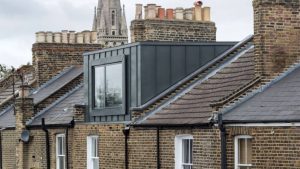
Mansard Loft Conversion | Pros, Cost, Planning Permission, & More
You can enhance your property’s living space with a Mansard loft conversion that saves you from the stress of relocation. But this project also required
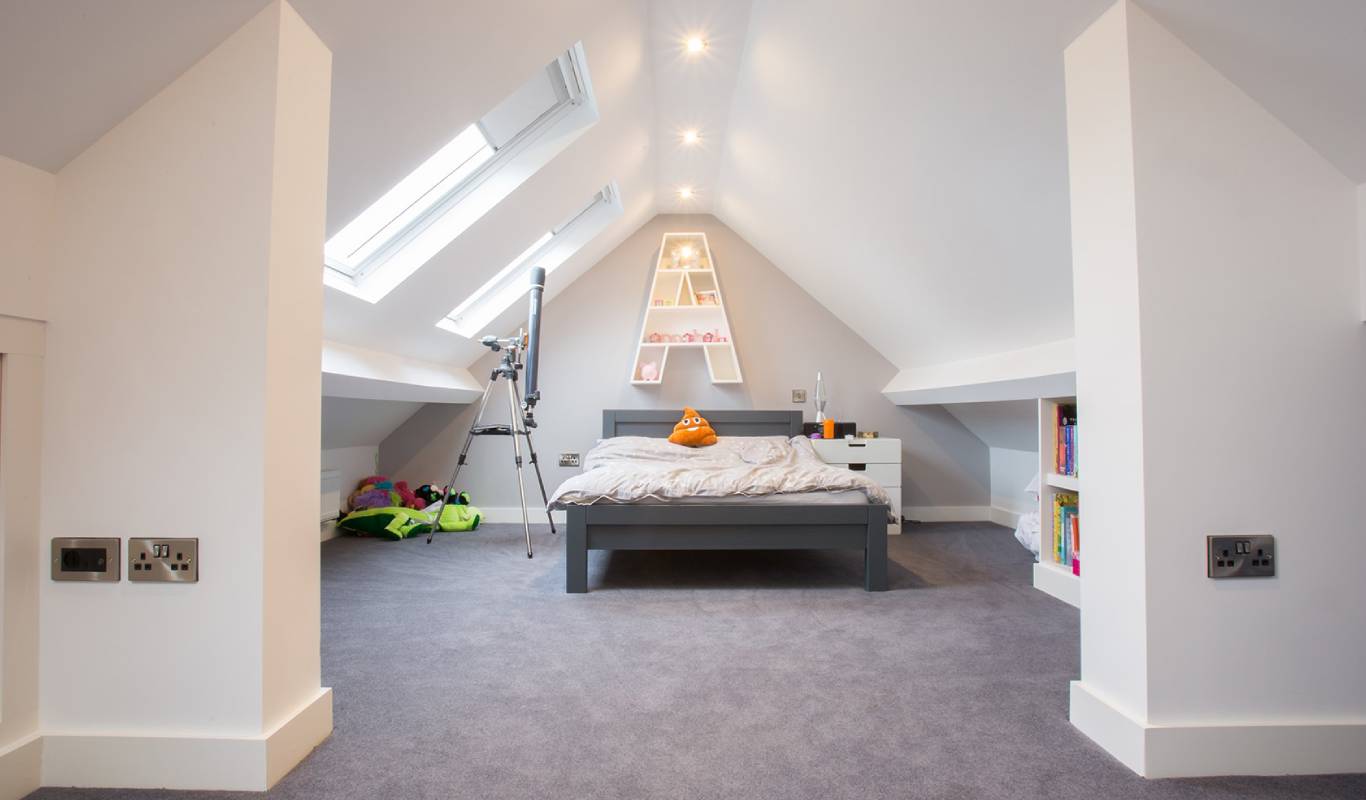
Loft conversions offer you multiple benefits. They increase your living space and improve your estate value. With so many different options available for loft conversion, how do you choose the best one for your home? Let Us first look at the most common types of loft conversions.
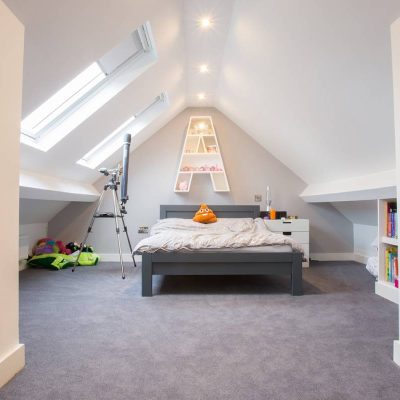
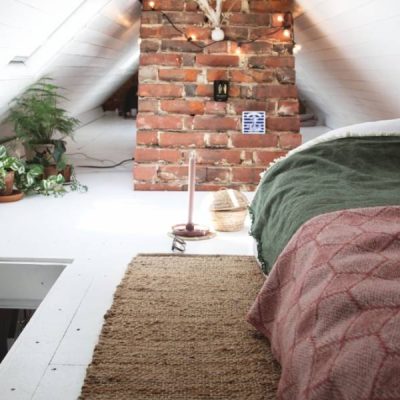
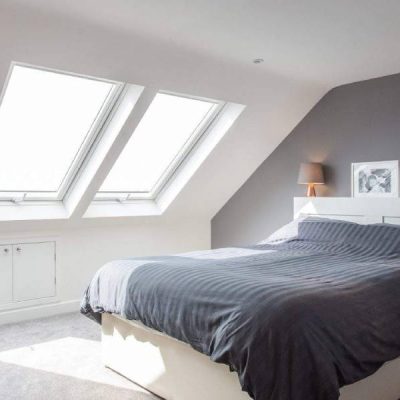
Energy Efficiency: With proper insulation and glazing, roof windows in a roof light conversion can contribute to improved energy efficiency, helping to reduce heating and cooling costs.
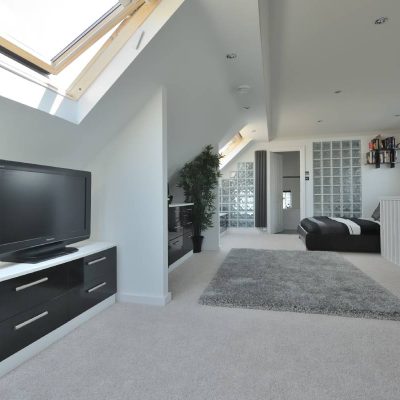
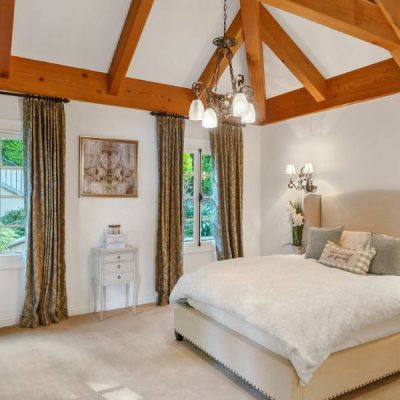
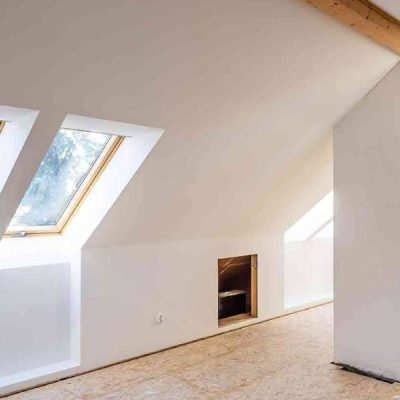
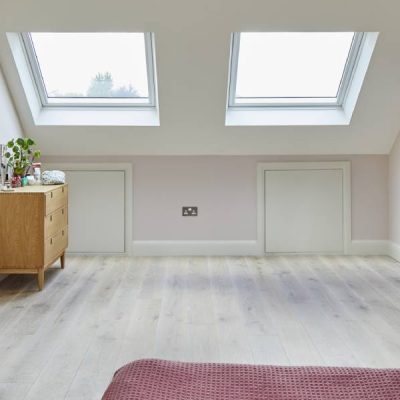

You can enhance your property’s living space with a Mansard loft conversion that saves you from the stress of relocation. But this project also required

Solar panels help to reduce your energy bills, providing value for the invested money with easy installation. These can be installed in residential and commercial
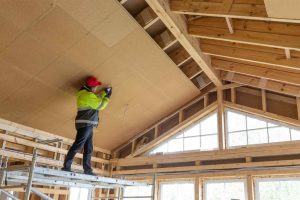
With this guide, you can get information about loft boards, their advantages, types, and factors to consider while choosing a loft board for installation. Moreover,
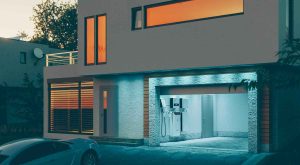
Things You Must Know About Garage Conversion You must first determine if your garage is appropriate for conversion. It becomes difficult to convert a garage
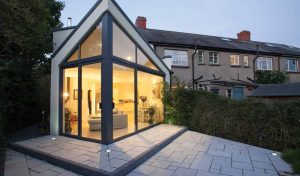
House Extensions and Planning Permission House extensions enable property owners to extend their living space without enhancing their property’s footprint. House extensions are relatively affordable
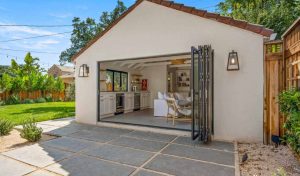
What is Garage Conversion? The process of converting an existing garage space into a functioning living room within your home is known as garage conversion.
If you are considering having any type of loft conversions done then look no further than Life Lofts.